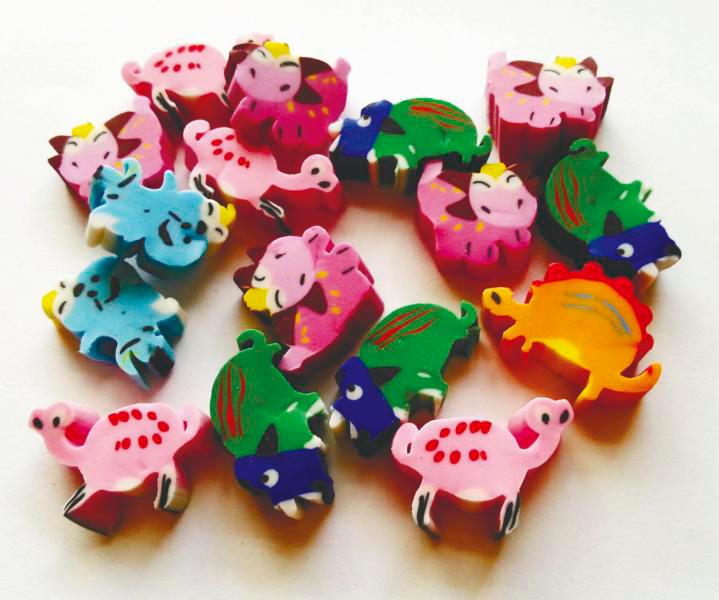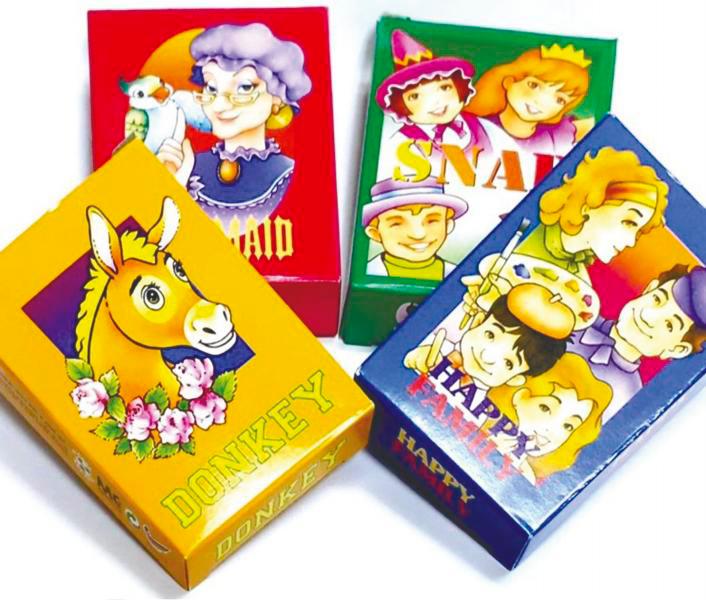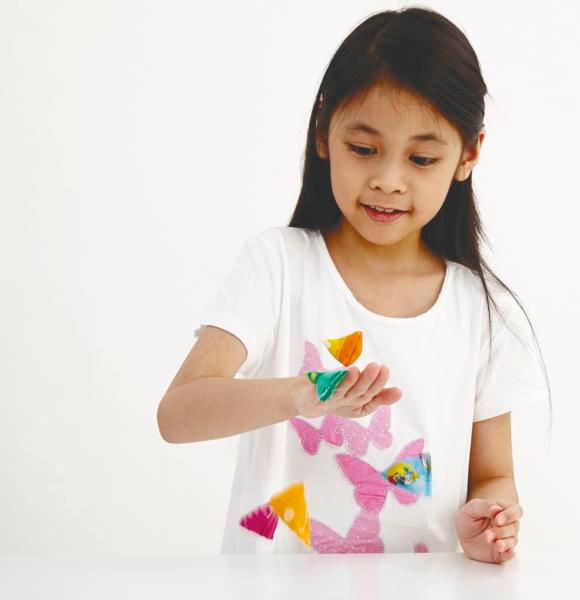REMEMBER a time before smartphones and internet access? In the 1990s, it was all about making our own games and having fun with them. From skipping with ‘tali getah’, to tossing Batu Seremban, to Pepsi Cola and many others, we have done it all.
Here’s a list of those, and other games that will take you down memory lane.
Lat tali lat
Remember the song “Lat tali lat tali tamplom”? Standing in a circle with three or more participants, and waving your hand from left to right. This was a sort of elimination game that was used to select a person from a group, or to divide people into teams. The children wave their hands in time with the rhyme they sing the tune. At the end of the song, players extend their hand, with palms either upwards or downwards. Depending upon the outcome, the last player left may be declared the winner or loser.
Batu Seremban
Batu Seremban, often known as “five stones”, is one of the most popular childhood games among millennials. It is a traditional game – typically played by girls – either solo or in small groups. This game was especially popular during the 90s, and it can be played using materials found in or around the home, such as seeds, stones, pebbles, or any little round object. The game features varied levels of difficulty, making it an enjoyable hobby for children who did not grow up with technology. To play this game, toss a stone into the air and catch the remaining stones on the ground one by one until all of the stones are in your palm.
Fox and chicks
Everyone laughs when you mention fox and chicks, or fox hunting chicks – that’s how much fun this game was. This defence game is played in small groups, with participants needing to strategies and safeguard individuals from the ‘villain’. One player takes on the role of a fox attempting to hunt chicks under the care of a ‘mother hen’. The mother hen is usually a player who is older or larger in size, and he or she will protect the other participants (chicks) from being hunted by the opponent (fox). Players would have to form a line and follow the mother hen’s instructions by holding onto each other’s t-shirts. The person playing the mother hen would have to aggressively wave their arms and hands to keep the hungry fox from stealing the chicks.

Eraser battle
The eraser battle is a popular school activity, particularly among boys who enjoy challenging their peers to games. Whenever the teacher was absent, you could almost always find at least two kids squabbling over erasers in the classroom. It’s as simple as counting “one, two, three” to start the eraser war. Players flip their erasers on top of one other on the table or any flat surface. The winner is the first one to succeed. This game can be played for as many rounds as possible, and up to ten people can join a game at the same time.
Pepsi Cola
“Pepsi Cola, who wants to be number one?” This well-known chant was part of the Pepsi Cola game. It’s a group elimination game that was popular in schools and among younger family members, back when group gaming without electronics was still popular. The element of surprise in the game ensures that everyone in the group has a great time. Players form a circle and begin singing the “Pepsi Cola” song before taking three steps backwards to make room for everyone. The first player begins the game by jumping and attempting to kick or tread on the next player’s foot, which must be avoided in order to remain in the game. Players remain in the same position until one person knocks out all the others and wins.

One two jus
We all remember playing One, Two, Jus to see who gets to start first in a game or other task. It’s Malaysia’s version of Rock Paper Scissors. One, Two, Jus is a fast game that can be played on its own, or before beginning another game to determine each player’s turn. Tossing their hands out in various forms, players imitate scissors (the peace sign), a stone (a fist), or paper (a flat hand). The player who displays the ‘stronger sign’ to their opponent wins. It’s worth noting that in another Malaysian variation of this game, the paper is usually replaced by water, and the scissors by a bird.
Card games
Before the appearance of computer-based games, card games were extremely popular among children, since they were inexpensive and the rules could be learned in less than five minutes. Donkey, Old Maid, Happy Family, and Snap were popular card games in the 1990s. The games might be played by purchasing cards from local mini-marts or convenience stores. Each deck of cards would usually cost no more than RM5, and often came with its own set of rules. In general, the player loses when he or she has the last card in each deck, or is unable to complete the game. These card games are among those that rely entirely on chance, as it requires very little strategy to win.









